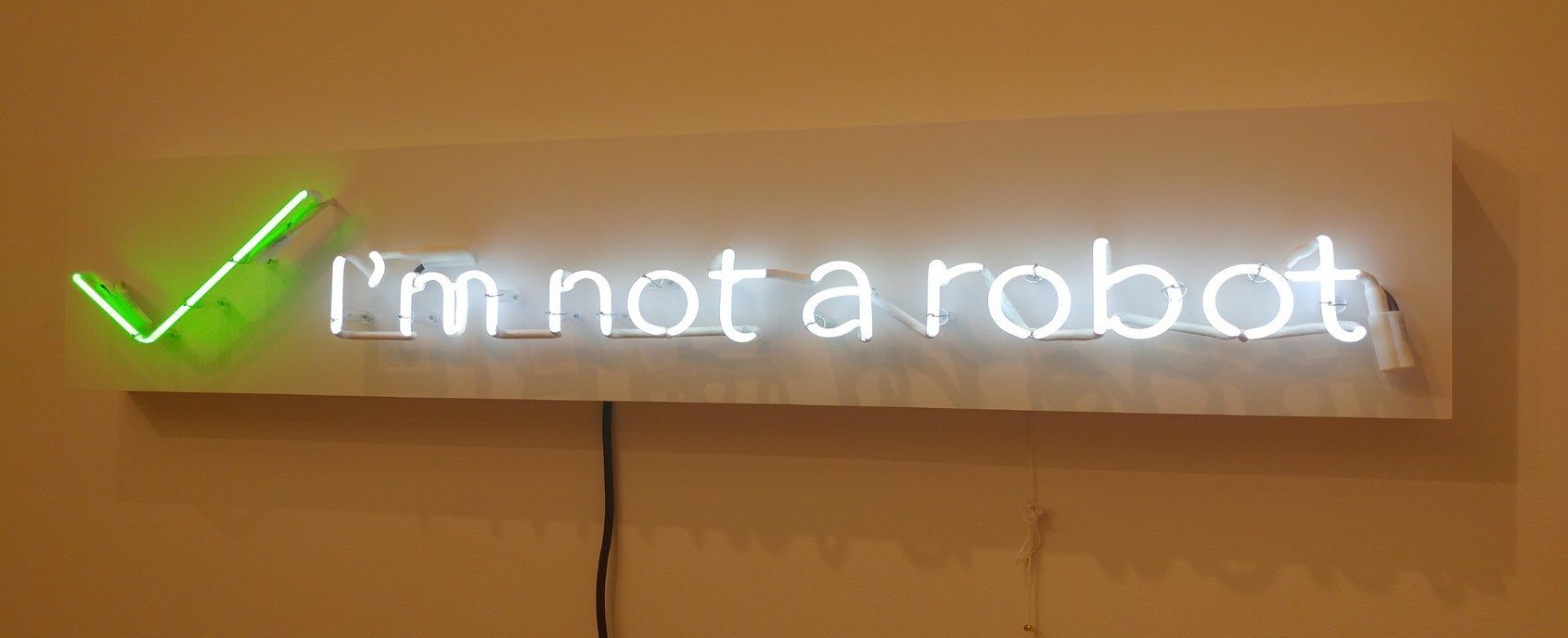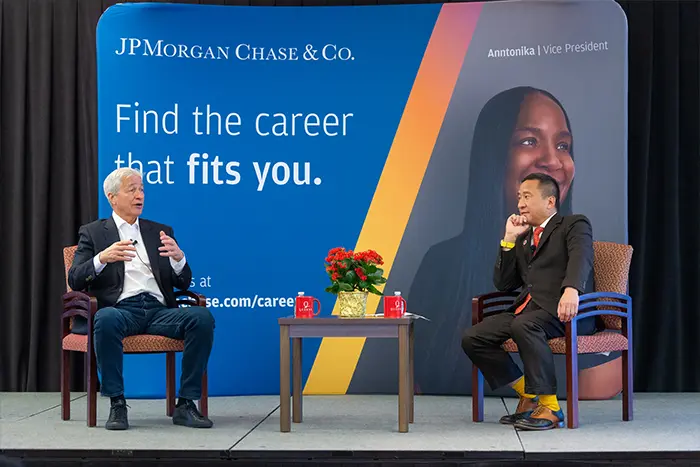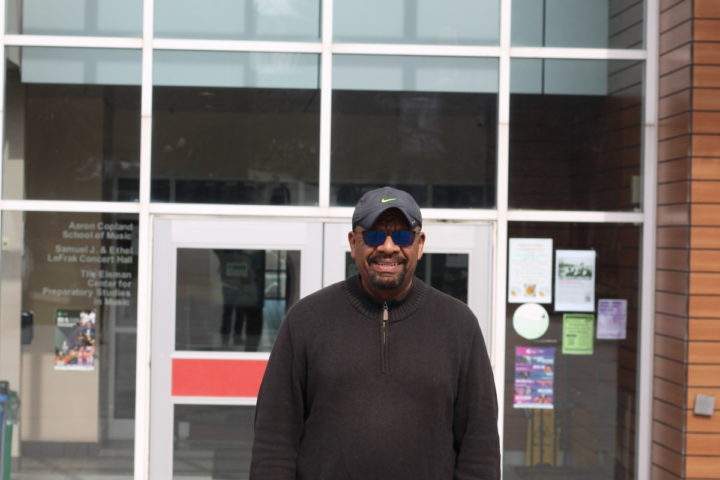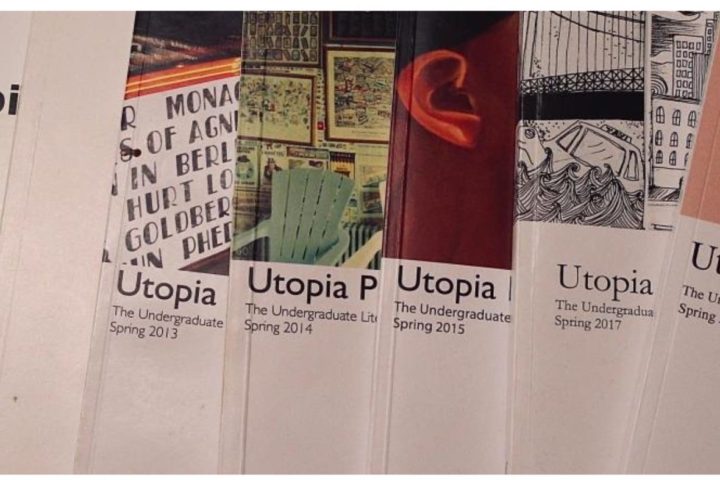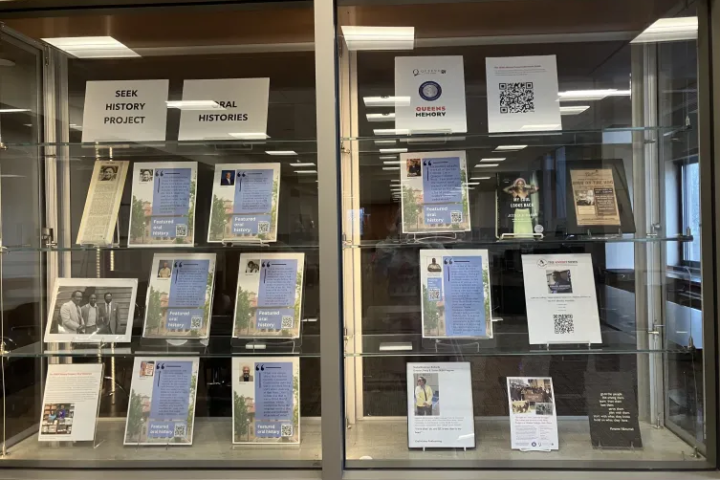A group of students and community members gathered on Feb. 23 at the Godwin-Ternbach Museum to talk about apartheid from a variety of perspectives.
The gathering was part of the “Year of South Africa” at Queens College. It is part of a series of events surrounding the current exhibition at the museum, “The Collection of Violet and Les Payne & Next Generation: Emerging Photographers From South Africa.”
“The Payne collection is focused on works on paper and paintings by artists from the black township of Soweto, Johannesburg,” the Godwin-Ternbach Museum said on their website.
This exhibition seeks to highlight works of art created by members of the disenfranchised African community during apartheid in South Africa.
Les Payne, collector of the art and a former journalist for Newsday in the 1970s, spoke first. He said he was first inspired to cover the story of the South African community’s plight under the laws of apartheid after hearing about the shooting of Hector Peterson, a 13-year-old fatally shot during a protest against the regime.
Payne spoke about how his race gave him access to the African population that was closed off from the white community. It was a perspective that no white reporter could give.
The next speaker was Satadru Sen, a professor in the history department. Sen worked in New York as an activist against apartheid. He was a member of the African Committee on Africa, an organization that fought to popularize sanctions and divestment against the South African government.
Sen emphasized the widespread support amongst the countries that led to adoption of the sanctions.
He also elaborated on how unions, churches, banks and politicians on both sides of the political spectrum came together on sanctions. It led up to the Anti-Apartheid Act of 1986, which implemented sanctions against South Africa.
The final member of the panel was Richard Wright, a professor of Indian studies at QC. Wright gave a historical overview of the foreign policy aspects of apartheid.
Wright also explained Western support of apartheid in South Africa. He stressed how the Cold War led the U.S. to bolster relations with South Africa until the 1980s.
After the fall of the Soviet Union, however, the U.S. supported the African National Congress, which included Nelson Mandela.
The event was an important part of the work the African Activist Project does in preserving the history of anti-apartheid groups in the U.S.







